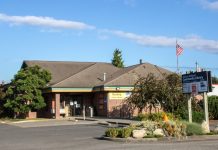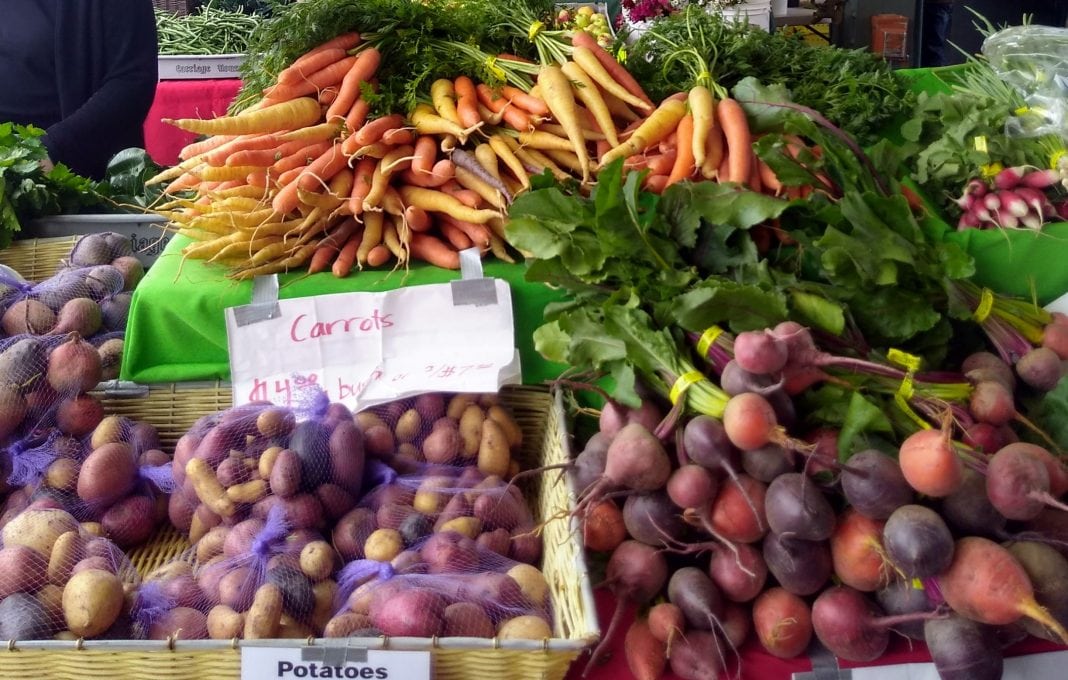When it comes to bringing local and organic foods to the table, the Community Food Co-op and Bellingham Farmers Market have the same ideas in mind. They both educate consumers on our local food systems and highlight what’s in season. That’s why both organizations are coming together to share an informational platform on WhatcomTalk. Their Food & Farming Channel will host conversations and profiles centered on producers, events in local agriculture and locally made goods.
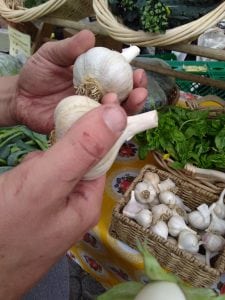
Both the Bellingham Farmer’s Market and Community Food Co-op are hyper-local entities, meaning the bulk of their fresh foods come from Whatcom and Skagit Counties. “Food, and how it comes to us, is oftentimes something people can take for granted,” says Bellingham Farmers Market Director Caprice Teske. “With the articles through WhatcomTalk, we hope to create a place where people can learn more about individual farmers, seasonal crops or new collaborations that are happening within our food system.”
WhatcomTalk readers can look forward to profiles on some of the local farmers that support themselves through sales at the Bellingham Farmers Market and Community Food Co-op. Both organizations are part of a chain of growth followed by many local farmers. Growers just starting out will often begin by selling their goods through Community Supported Agriculture share boxes. Once they’re ready to increase their size or variety, they might choose to get a stall at the Bellingham Farmers Market. Then, making their goods available at the Community Food Co-op is often the next step in expansion.

Because many agricultural entrepreneurs follow this pattern, both organizations find themselves supporting the same farmers and producers. Instead of individually promoting awareness around Whatcom and Skagit food systems, they work together. “We want to give people a chance to see the up and coming,” says Adrienne Renz, Community Food Co-op General Manager. “We’re excited to have another showcase for farmers who are just starting out, and for when they bring their goods into our folds.”
Beyond individual profiles, WhatcomTalk will highlight stories from the behind-the-scenes relationships of our food system. If there’s a chef choosing to showcase local ingredients, readers can learn more about that link. “We especially want to highlight collaborations in our community, whether it’s between producers and local restaurants or an event put on by the Co-op’s Healthy Connections Classes,” says Teske. “By bringing more awareness to those collaborations, we hope to garner more community support for our local agricultural system.”
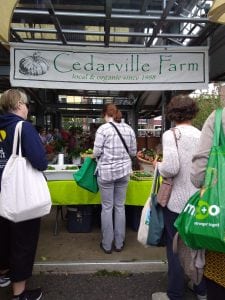
Agriculture is a pillar industry of both Whatcom and Skagit counties. Supporting local products keeps our economies healthy and helps reduce the environmental impact of imports and packaging. “Not many people realize that Whatcom County is the raspberry capital of America,” says Renz. She explains how even in the winter, when someone buys them frozen from the store, they’re likely purchasing Whatcom County raspberries. The difference is they’ve been shipped away to be packaged and they’re now being bought back. “With all the fruit, produce, meat and dairy that’s being produced in our counties, there’s really little need to look outside of our area in order to find staple foods,” she continues.
Pests, drought, cold snaps and heat waves are some of the many conditions outside of a farmer’s control. To encourage discussion and understanding around our local food systems, these issues shouldn’t only be the concern of producers. Understanding what’s happening locally can help consumers make educated choices. Teske mentions a Market vendor who once lost their entire crop of spring lettuce to a blight. Awareness of the setbacks farmers must pull themselves through can help consumers empathize with the fragility of small farms.
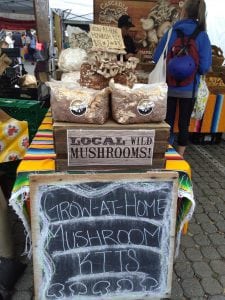
Even changes in farmers’ finances can affect what consumers have access to. Several years ago, the USDA issued grants for hoop-houses, allowing farmers to extend their growing season. “The farmers who received hoop-houses completely changed what and how they produced,” explains Teske. “After they were adopted, farmers could start sensitive crops earlier and close them later. The Farmers Market even opened up winter markets to accommodate the extra production.”
This informational collaboration will be an opportunity for both organizations to solicit feedback from consumers in one place. Readers are highly encouraged to participate with the articles and let the Community Food Co-op and the Bellingham Farmers Market know what information they’d like to see covered.
“We’re having the same conversation,” says Renz, “so we might as well be having it together.”
Sponsored














